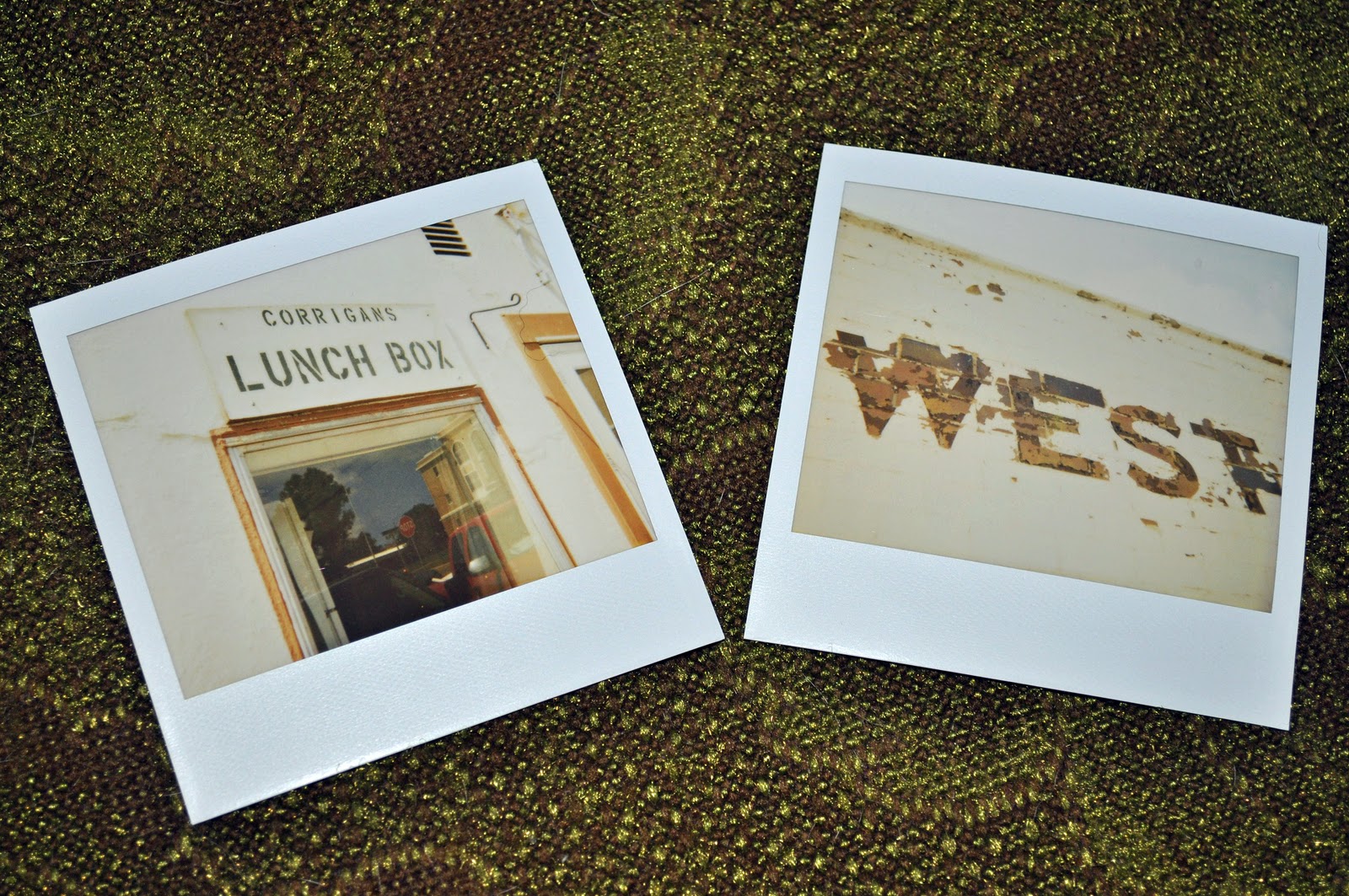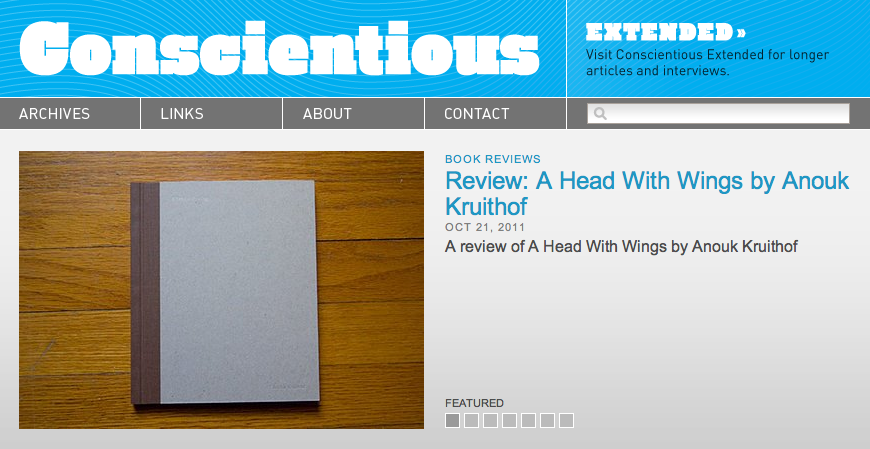In response to a recent post, I received an email from Cait who wrote:
“Like you, my partner shoots with a large format camera and makes treks around the country (and sometimes the world) for his work. He plans to keep this up for the long term. As we plan for our future, marriage and babies included, I can’t help but think about the challenges our partnership and family will face under somewhat fleeting and unpredictable circumstances. I would love to learn about you and your wife’s perspectives on this subject and/or be directed to any personal accounts or resources that you know of on the work-life balance of a photographic family.”

Kerstin Adams preparing a meal (1972) Robert Adams photographing (1984).
In thinking about how to reply to this, I first turned to Robert Adams. As regular readers know, I’ve been immersing myself in his work lately. In the new Adams retrospective book, The Place We Live, there is an essay by Jock Reynolds entitled ‘Taken Together’ on the importance of Kerstin Adams in Robert’s life and work. Reynolds paints a fairly remarkable picture of marital harmony:
“Robert began to suspect that he wanted to abandon teaching and become a photographer. Kerstin was characteristically encouraging, and when her employment schedule allowed it, she became his partner in the field. He did most of the driving and she cooked (on a little stove they called “Mother Svea”); at dusk he loaded film holders inside a homemade dark box in the back of their panel truck while she brushed away mosquitoes; in small towns she kept up diversionary conversations with curious onlookers so that he could compose upside down on the view camera’s ground glass; and each day they enjoyed together the sweep of the land and sky, and the privilege of being there.”
As is often the case when I think about Adams, I’m simultaneously impressed and discomfited. When I read about his life I feel like a carnivore reading the menu at a vegan restaurant.
So instead I turn to fellow carnivore Lee Friedlander and his wife Maria (I can’t imagine Adams eating peanut butter, tuna and cheese whiz on crackers!). Nobody has written more honestly about being the spouse of a photographer than Maria Friedlander.

Lee & Maria Friedlander 1968, 1997
On my old blog, I once quoted her powerful forward to a William Gedney book. Recently I came across Maria Friedlander’s introduction to her husband’s book Family:
“What is this Family Book? Is it our own family album? Is it our pictorial biography? Does this book tell us whether we are, to paraphrase Tolstoy in Anna Karenina, one of those happy families that are all alike or an unhappy family that is unhappy in its own way?”
She later writes:
“A book of pictures doesn’t tell the whole story, so as a biography this one is incomplete. There are no photographs of arguments and disagreements, of the times when we were rude, impatient, and insensitive parents, of frustration, of anger strong enough to consider dissolving the marriage. Lee’s camera couldn’t record our family dysfunctions. There are no photographs of Anna, Tom and Giancarlo during the three years in which they felt it would be better if they didn’t see us, and certainly no photographs of how Lee and I felt during that time. Tolstoy was right – when we’ve been an unhappy family we have been unhappy in our own way.”
Getting back to Cait and her concerns about marrying a photographer, I don’t think there is a good answer. Mixing marriage, kids, travel and artmaking is extremely challenging. It will sometimes be unhappy. “The challenge for artists is just as it is for everyone,” Robert Adams once said to a group of college students, “to face facts and somehow come up with a yes, to try for alchemy.”
![]()





 Last Friday I gave a lecture in Syracuse about my desire for narrative in photobooks. The reason behind this desire, I explained, was a feeling of saturation in the era of Google Images, Flickr and so on. But I neglected the more fundamental reason: stories are entertaining.
Last Friday I gave a lecture in Syracuse about my desire for narrative in photobooks. The reason behind this desire, I explained, was a feeling of saturation in the era of Google Images, Flickr and so on. But I neglected the more fundamental reason: stories are entertaining.


